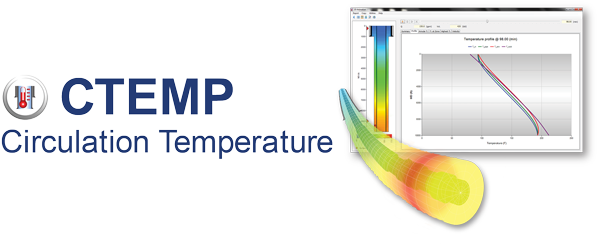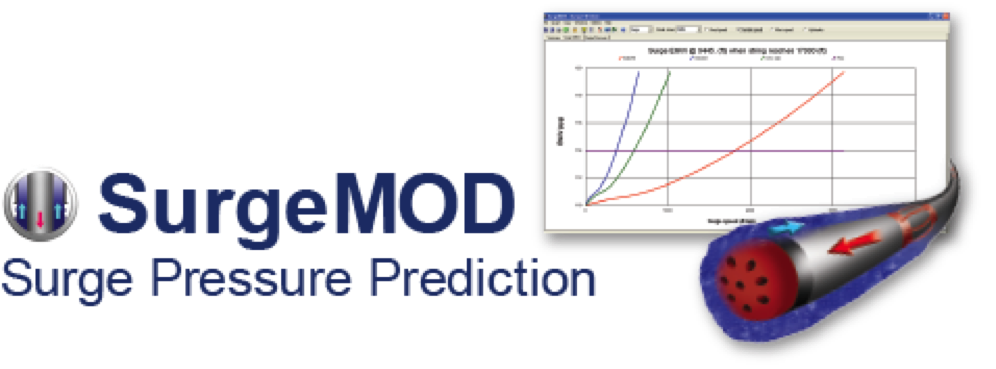Production engineers used to believe that temperature was not a big issue when drilling a well and they could assume worst-case scenarios, such as constant bottomhole flowing temperature throughout the production tubing. However, deepwater drilling and high pressure/high temperature wells have had a change of perspective in engineers and the effects of trapped annular pressure and circulating temperature have become an issue for well completions.
Cathodic Protection System is a proven and reliable method of achieving corrosion control in industrial metals. Corrosion happens to be a progressively destructive process, which is initially challenging to identify until it has advanced. In most cases, corrosion is often identified when it is too late.
The effect of temperature on cementing has long been recognized and it is known that the correct determination of retarder can be critical. Usually, intermediate-string cementing is focused on achieving a great cement job and drilling ahead and not so much on issues of temperature and pressure. One of the reasons is because of the extensive use of water-based drilling fluids. Because water density is not particularly sensitive to temperature and pressure, the surface-measured mud weight does not vary much in conventional wells. However, oil-based and synthetic oil-based muds are very sensitive to temperature and pressure.
In the present, deepwater wells are encountering a lot of extreme temperature and pressure conditions. Maintaining the right pressure and predicting circulating temperature has become more critical due to weak formations and the presence of risers and choke/kill/boost lines.
Pegasus Vertex, Inc. has created CTEMP; a technological software that predicts the well bore circulating temperature for drilling/circulating operations.
CTEMP addresses the transient heat transfer between the wellbore and the sea water/rock formation. CTEMP’s interactive on-screen graphic results provide operation guidelines for expensive HPHT drilling operations.
For a successful wellbore stability or well control it is very important that we understand and are aware of all these issues and their consequences.


